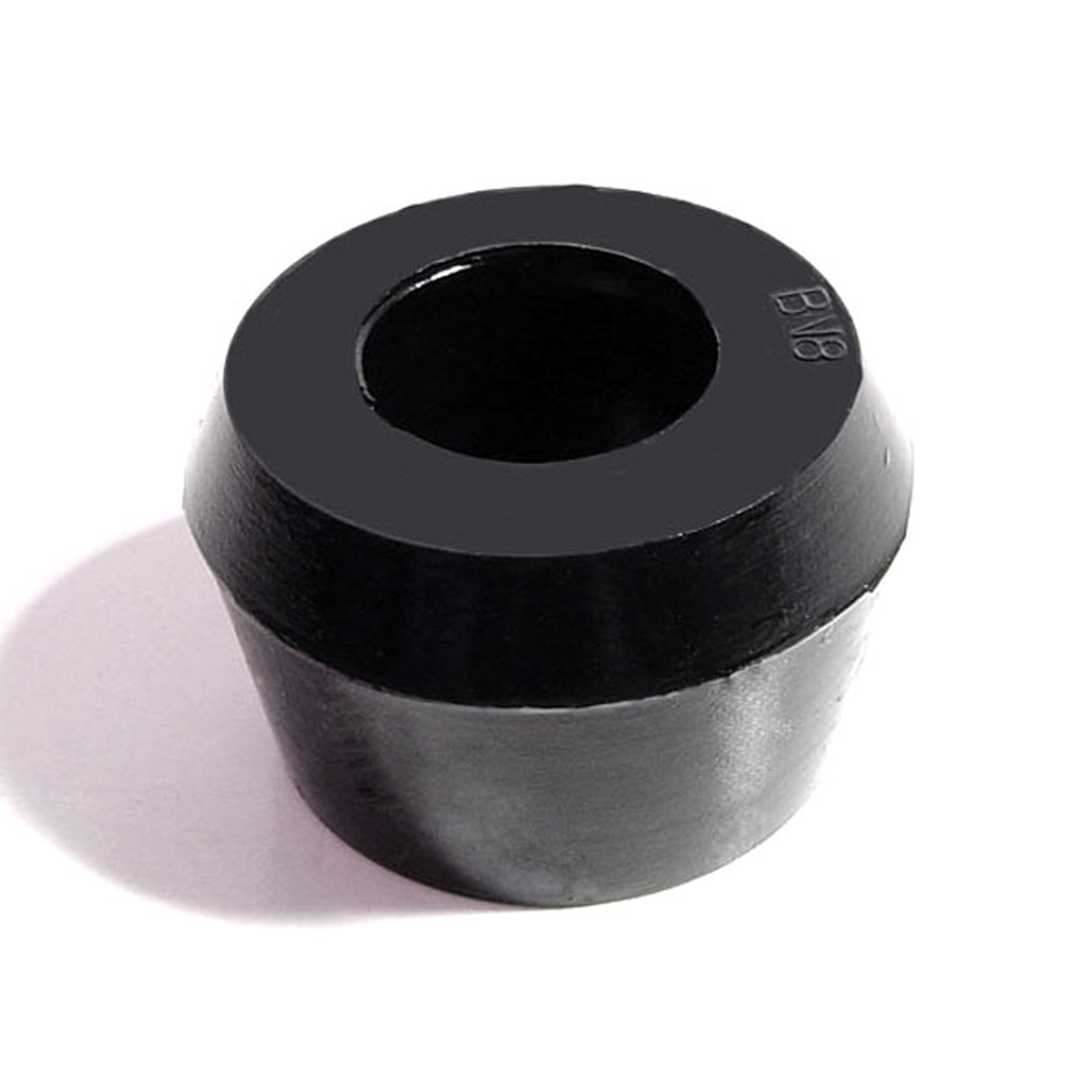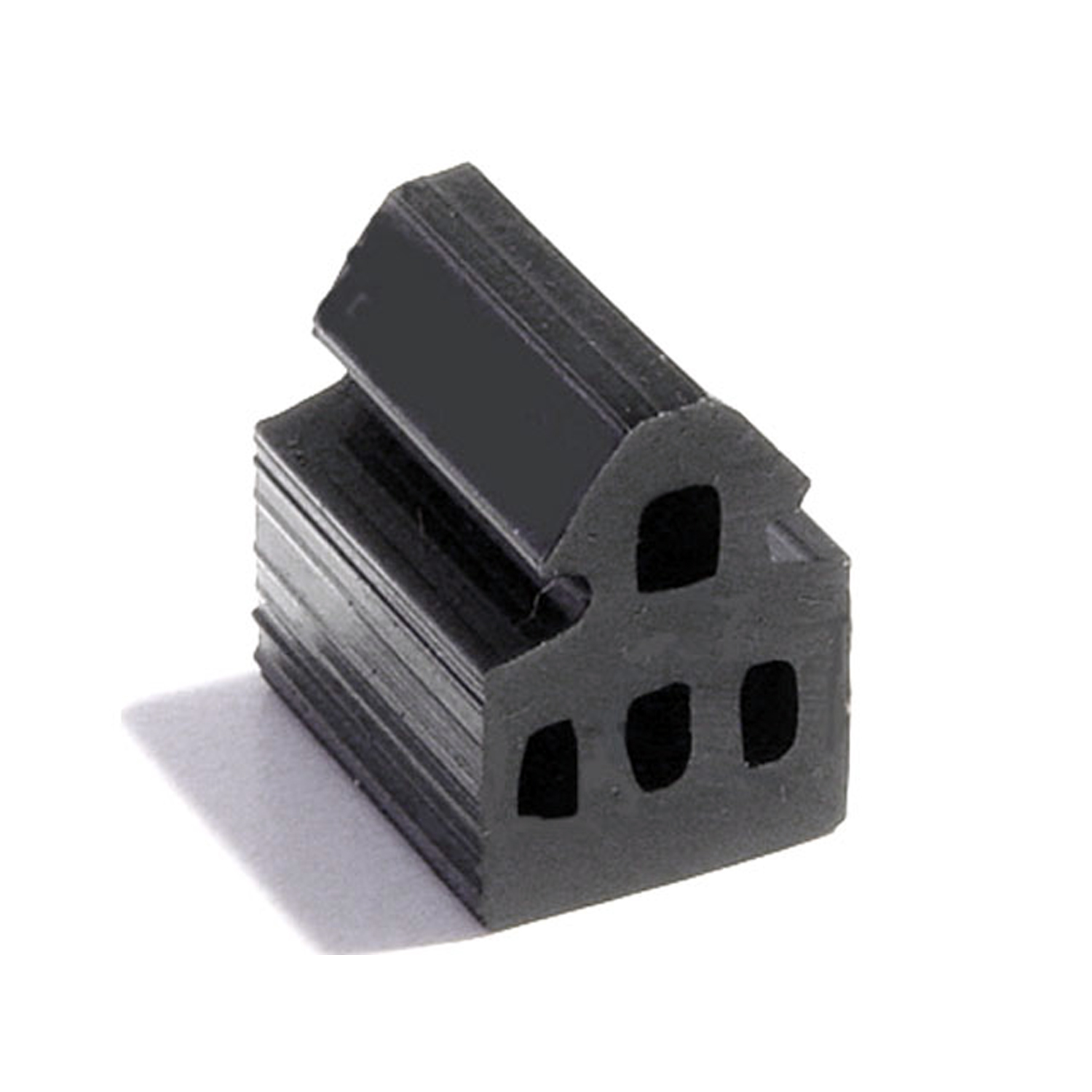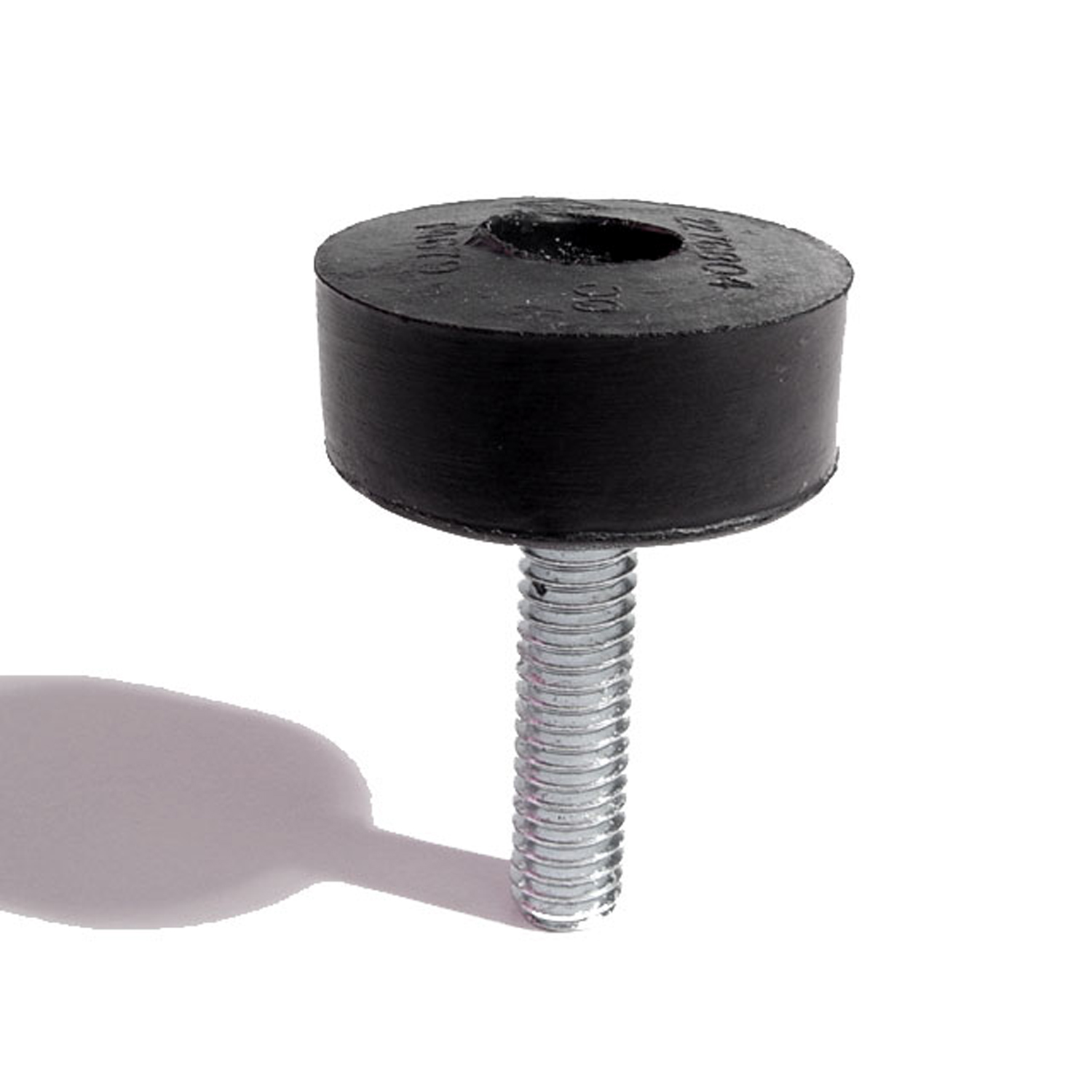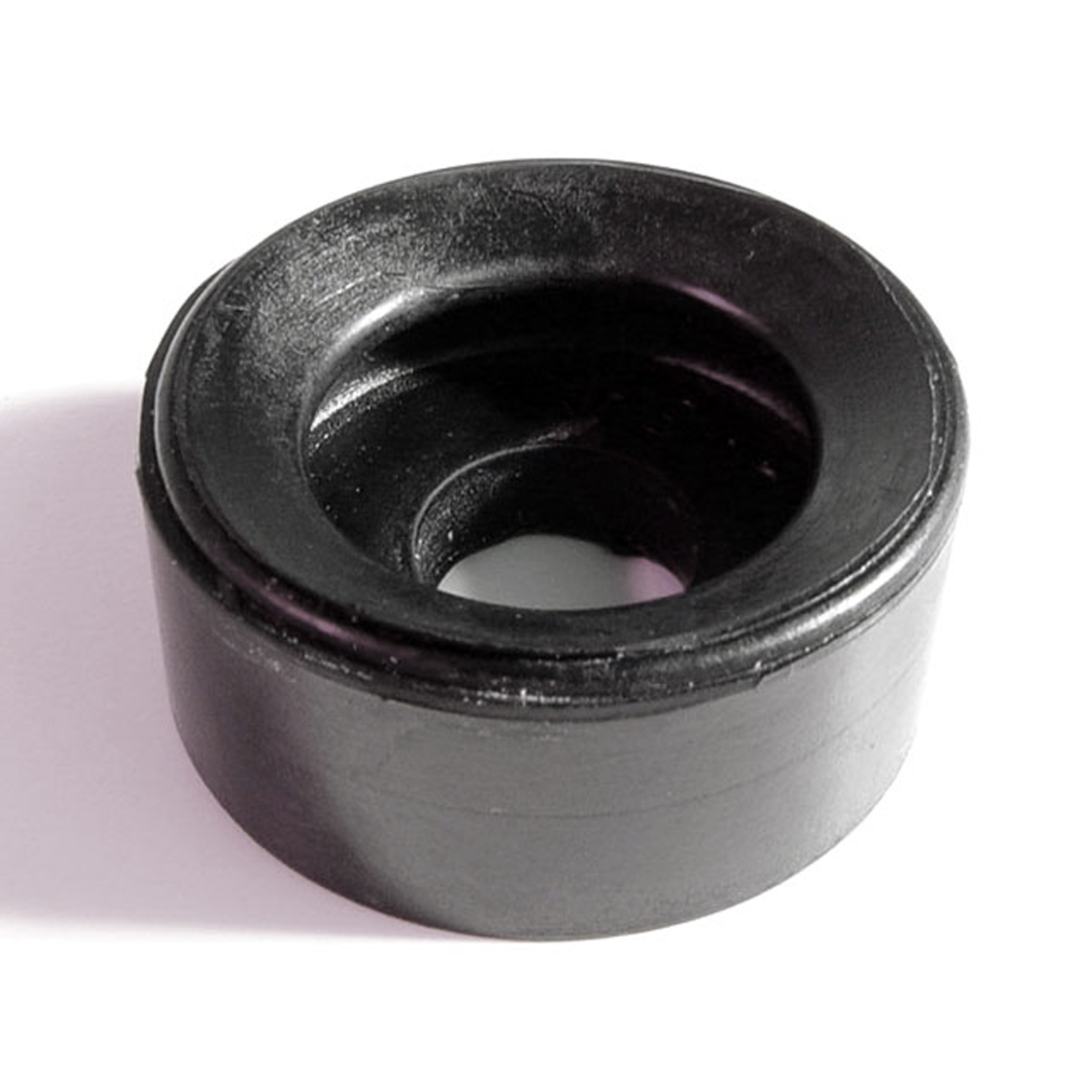Image of 1973 Plymouth Cricket, Note: These illustrations use artistic license and may differ from actual historical models.
Performance Metrics
Fundamental Metrics
Emotional Appeal
MMP Rating
| Engine Specifications | |
|---|---|
| Engine: | 1.5L I4 |
| Displacement: | 91.1 cu in (1,491 cc) |
| Horsepower: | 70 hp |
| Torque: | 80 lb-ft |
| Compression Ratio: | 8.5:1 |
| Ignition System: | Conventional |
| Cooling System: | Water-cooled |
| Performance Specifications | |
| 0-60 Time: | 16 seconds |
| 1/4 Mile Time: | 20 seconds |
| Top Speed: | 90 mph |
| Transmission and Drive | |
| Drive Type: | RWD (Rear Wheel Drive) |
| Transmission Type: | 4-speed manual |
| Fuel and Efficiency | |
| Fuel System Type: | Carburetor |
| MPG: | 25-30 mpg |
| Dimensions and Brakes | |
| Brakes: | Front disc, rear drum |
| Wheelbase: | 96.0 in |
| Weight: | 2,000 lbs |
Note: Specifications for classic cars are given to the best of our ability, considering the limited and variant data available.
1973 Plymouth Cricket: A Transatlantic Tale of Automotive Endeavor
The year 1973 saw the Plymouth brand attempting to capture the compact car market with a little-known contender: the Plymouth Cricket. This vehicle, with its British roots as the Hillman Avenger, was Chrysler's answer to the fuel crisis and the growing demand for smaller, more efficient cars. Manufactured by the Rootes Group and later Chrysler Europe, it was a product of its time, designed to offer an economical yet comfortable ride. The Cricket's unique fact? It was essentially a rebadged British car aimed at American consumers, a practice not uncommon in an era when manufacturers were keen on globalizing their appeal.
Design and Innovation
The exterior of the 1973 Plymouth Cricket presented a conventional yet poised stance, with a design that merged British sensibility with American expectations. It featured a long hood, short rear deck, and rounded body lines that gave it a distinctive profile. Inside, occupants were greeted with a straightforward dashboard and functional interior. Materials were typical of the era's economy cars—durable but not luxurious. Technological features were modest; however, innovations like rack-and-pinion steering were noteworthy for offering improved handling precision. Color options ranged from subdued earth tones to more vibrant hues, with popular choices reflecting the colorful palette of the '70s. Body styles included a two-door sedan and a four-door sedan, with the latter being the more common sight on American roads.
Historical Significance
The Cricket's impact on automotive design may not have been revolutionary, but its transatlantic journey was emblematic of an industry in flux. It set itself apart by being one of the few compact sedans that offered American consumers a taste of European engineering without leaving their comfort zone. Its legacy lies in highlighting the complexities of marketing foreign designs under domestic badges—a strategy that has seen varying degrees of success over the decades.
Performance and Handling
Performance-wise, the 1973 Plymouth Cricket was modest by today's standards. With its 1.5-liter engine, top speeds were adequate for city driving but less so for spirited highway jaunts. Acceleration from 0-60 mph was leisurely at best. Handling was one area where the Cricket shone brighter; its European roots provided a firmer ride and better cornering capabilities than some domestic competitors. Drivers could expect an engine hum rather than a roar and a ride that communicated road imperfections without discomfort.
Ownership Experience
The Plymouth Cricket served various roles from daily commuting to serving as an economical second car for families. Its maintenance and reliability were typical for compact cars of its era—simple enough for DIY repairs but plagued by some quality control issues that could challenge long-term dependability. Parts availability in America could be tricky due to its British origins.
Fun Facts
While not known for breaking records or celebrity endorsements, the Cricket did have its quirks. For instance, it was among the first wave of small cars that American manufacturers turned to during the oil crisis—a trend that would grow in importance in subsequent years. Criticisms often centered around its lackluster performance and unfamiliar branding to American consumers.
Collector's Information
Today, finding a 1973 Plymouth Cricket can be quite a challenge; production numbers were relatively low as it never achieved blockbuster sales success. As such, rarity can add value for collectors seeking this unique piece of automotive history. Price trends are difficult to pinpoint due to scarcity; however, well-preserved examples could fetch prices ranging from modest sums to more significant figures depending on condition and originality.
Conclusion
The 1973 Plymouth Cricket stands as an interesting footnote in automotive history—a testament to cross-cultural engineering efforts and market adaptation during a time of change. While it may not have been a commercial triumph or technological pioneer, it offers collectors and enthusiasts alike a glimpse into an era when car manufacturers looked beyond borders to solve emerging challenges.
1973 Plymouth Cricket Catalog of Parts
 1973 Plymouth Cricket Spring and Shackle Bushing. 1" bottom O.D-BN 20Spring and Shackle Bushing. 1" bottom O.D. X 1-5/8" high, with 9/16" I.D. Each
1973 Plymouth Cricket Spring and Shackle Bushing. 1" bottom O.D-BN 20Spring and Shackle Bushing. 1" bottom O.D. X 1-5/8" high, with 9/16" I.D. Each 1973 Plymouth Cricket Shock Absorber Grommet. 1-1/4" bottom O.D-BN 8Shock Absorber Grommet. 1-1/4" bottom O.D., 1" high, with 3/4" I.D. Each
1973 Plymouth Cricket Shock Absorber Grommet. 1-1/4" bottom O.D-BN 8Shock Absorber Grommet. 1-1/4" bottom O.D., 1" high, with 3/4" I.D. Each 1973 Plymouth Cricket Door Bumper. 5/8" wide, made from extrusion. Each-DB 52Door Bumper. 5/8" wide, made from extrusion. Each
1973 Plymouth Cricket Door Bumper. 5/8" wide, made from extrusion. Each-DB 52Door Bumper. 5/8" wide, made from extrusion. Each 1973 Plymouth Cricket Hood Adjustment Bolt and Bumper-HA 8Hood Adjustment Bolt and Bumper. 1-3/16" diameter rubber head. 5/16" thick X 18 threads/inch X 1-1/4" long bolt. Each
1973 Plymouth Cricket Hood Adjustment Bolt and Bumper-HA 8Hood Adjustment Bolt and Bumper. 1-3/16" diameter rubber head. 5/16" thick X 18 threads/inch X 1-1/4" long bolt. Each 1973 Plymouth Cricket Hood Adjustment Bumper. 1-1/4" O.D-HA 8-AHood Adjustment Bumper. 1-1/4" O.D., 3/4" large hole, 7/16" small hole, 1/2" thick. Each
1973 Plymouth Cricket Hood Adjustment Bumper. 1-1/4" O.D-HA 8-AHood Adjustment Bumper. 1-1/4" O.D., 3/4" large hole, 7/16" small hole, 1/2" thick. Each 1973 Plymouth Cricket Nylon Lock Cylinder Gasket. 1-1/4" O.D., 7/8" I.D. Each-UM 2700-104Nylon Lock Cylinder Gasket. 1-1/4" O.D., 7/8" I.D. Each
1973 Plymouth Cricket Nylon Lock Cylinder Gasket. 1-1/4" O.D., 7/8" I.D. Each-UM 2700-104Nylon Lock Cylinder Gasket. 1-1/4" O.D., 7/8" I.D. EachWhy Choose Metro?
For over 100 years, Metro Moulded Parts has been the pinnacle of quality in classic car restoration parts. Our commitment to precision and authenticity in every component ensures a perfect fit and an OEM-level appearance.
- Expert Craftsmanship & Quality: Each part is a testament to our dedication to reliability and perfection, crafted from original designs and thoroughly tested.
- Advanced Technology: We use cutting-edge techniques to create flawless, long-lasting parts that surpass others in performance.
- SuperSoft Sponge – The Ultimate Door Seal: Not only are our door seals 30% softer than competitors', but they're also guaranteed to never leak. They effectively reduce wind and road noise, enhancing your classic car's comfort and driving experience.
- Proudly American: Our parts are a product of American craftsmanship, made in the USA with a spirit of excellence and heritage.
- Unrivaled Warranty: We back our products with a 30-year industry-leading warranty, a testament to our confidence in their quality.
Join us in preserving the legacy of classic cars with parts that are crafted for perfection, not just made.

